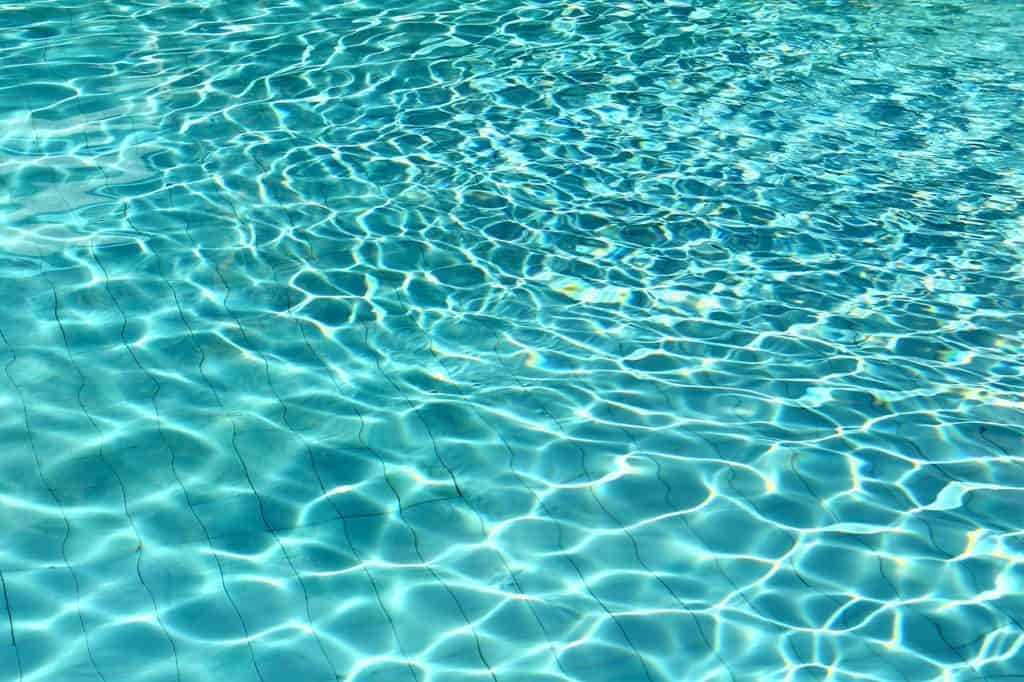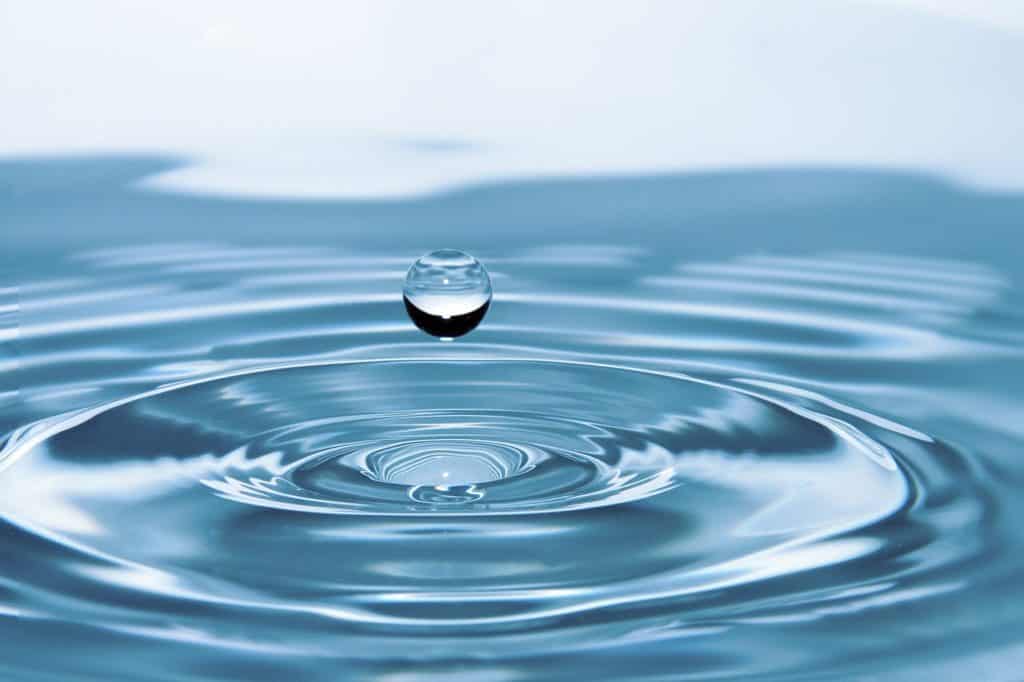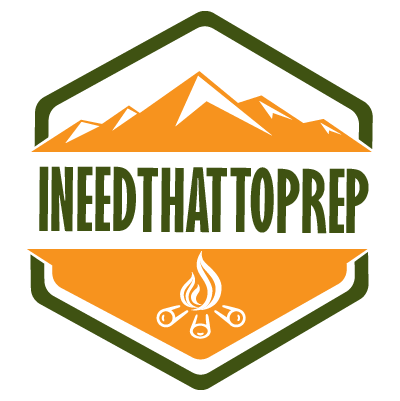Last Updated on April 9, 2023 by Lisa Vargas
One of the most important survival skills you can learn is how to purify and filter water. There are several different ways you can do this and it will all depend on the situation that you find yourself in at that time.
You can purify water by:
- Boiling water
- Using a Personalized Water Filter
- Using a gravity water filter
- Solar Purification
- Reverse Osmosis
- Distillation
- Using an activated-charcoal water filter
- Chemically treating water with Iodine
- Chemically treating water with bleach
- Treating stored water with pool shock
Today I am going to focus strictly on what would happen in a longer-term grid-down scenario as opposed to someone out doing some hiking or backpacking out in the wilderness with a water bottle or a canteen. That will be covered more in Part 2 of this article.
In this article we will focus on the three best methods, in my opinion, to purify water in a longer-term survival situation which is boiling water, treating your stored water with calcium hypochlorite (aka “pool shock”), and then finally discussing the use of gravity filters.
Because this is such an important topic that has a lot of aspects to cover, this post is going to be broken down into two parts. Part one will focus on the difference between water purification and water filtering, what types of pathogens you are filtering for, and then the different ways to purify water.
Part two will focus on different methods to filter water, as you will soon learn that they are two distinctly different methods. So with that said, let’s go ahead and dive right in to this important topic.
What Is The Best Way To Purify Water?
When you are in a survival situation, there are going to be limited ways for you to purify water. Granted, there are numerous ways you can purify water but we are going to talk about the ones today that will be most practical to you in an longer-term emergency situation.
I suspect that most of you reading this article are interested in purifying water from a lake, a river, a pond, or even a swimming pool because those are the places most people will end up turning to in a long-term crisis.
Below we will discuss some of the best ways that I know how to purify water.
Boiling Water: One of The Surest Ways To Purify Your Water

One of the most surefire ways to know that your water is safe to drink is to boil it. If you have been storing water for emergency, boiling water will kill off most of the bacteria, viruses, and microorganisms that make water unsafe.
Although you can’t always be 100% sure, boiling water will get you pretty close. Most of the organisms that will make you sick can’t survive water temperatures past 212 degrees Fahrenheit. More than that, they actually can’t survive past 160 degrees Fahrenheit for more than 30 minutes.
How Long Do You Need To Boil Water To Kill Bacteria?
When boiling water for drinking, make sure you boil it for at least 1 minute to kill all of pathogens. You may even want to do it for an extra minute just to be 100% safe.
You can boil your water over a campfire or a stove, depending on whether you have electricity at the time or not. And, you can use any type of container that withstands the heat such as metal pots, ceramic, or glass containers.
Water Pasteurization
Another way you can purify water that is close to boiling is through pasteurizing the water. With pasteurization, you need to make sure the water reaches 160 degrees Fahrenheit to kill microorganisms.
The problem you might be thinking, is “how am I supposed to know when the water reaches 158 degrees Fahrenheit if I am out in the woods?”
Great question, and this is why they developed a handy little tool called the Sunflair Water Pasteurization Indicator (WAPI). This is a staple in the prepper community and can easily be packed in a bug out bag or backpack.
Chemical Treating Water For Survival

Calcium Hypochlorite
Don’t you just love the sparkling blue, crystal clear water of a swimming pool in the summertime? Well, did you know that the same chemicals, commonly referred to as “pool shock,” that keep your swimming pool clean can also be used to keep your drinking water clean?
Treating water with calcium hypochlorite is one of the best ways you can make your drinking water safe. Calcium hypochlorite is much, much better, cheaper, and safer than using unscented bleach and can last over 5 years if stored properly.
You can get it at any pool store because it’s the same thing pool owners use to treat their swimming pools. Just 1 pound of granular calcium hypochlorite can purify 10,000 gallons of water! This is why pool shock is popular among the prepping community as a long-term solution.
How To Use Calcium Hypochlorite To Treat Water
A few things to remember is that you shouldn’t drink water with more that 2ppm (parts per million) or else it can cause diarrhea. The maximum contaminant level set by the EPA is 4ppm for chlorine. There’s a simple two-step process when using pool shock to treat water.
Step 1. Make your solution to add to your water, typically 1 teaspoon of pool shock (78% granular) for every two gallons of water. This mixture is not for drinking and is very dangerous at this point. You should be using rubber gloves to create your solution.
Step 2. Now you will simply add approximately 16oz. of the solution to 12.5 gallons of water to be treated. Once you’ve done this, then let the mixture sit at least 30 minutes before drinking.
In order to test the levels of chlorine in the water, you can use a pool safety kit if you’d like as a back up. I would recommend it just to be safe. The greatest thing about calcium hypochlorite is its shelf life and effectiveness. Keeping this around and making it part of your prepping items is a big win.
Gravity Water Filters

Essentially gravity water filters are just what they sound like – it’s a device that filters out pollutants and contaminants with the help of gravity. No electricity is required and they tend to be larger in size so they work well if you are in a larger group and are hunkering down in one place for awhile in a survival situation. You can either buy one commercially or build one yourself.
DIY "Berkey-Like" Emergency Water Purification System
As mentioned above, you can either buy a commercially made gravity water system or you can make one. Berkey happens to make one of the most sought after table-top emergency gravity water filters (The Big Berkey Gravity-Fed Water Filter) on the market.
But if you want to save some money and build one on your own, I encourage you to check out this video below that shows you exactly how to build one.
You are essentially drilling two holes on the bottom for the filters and one on the side for the spigot. You will need is the following to build your water purification system:
- 2 Five-gallon buckets (food-grade) with lids (you can get at Lowe’s or order on Amazon)
- 10″ ceramic filter (you can use the Berkey black filter after that for replacements)
- Electric drill
- Various size drill bits
- Plastic water spigot
This do-it-yourself method is a surefire way to have safe drinking water for you and your family in any grid-down scenario where you are forced to collect drinking water from ponds, lakes or streams.
Helpful Tips On Water Purification And Filtering

What Is The Difference Between Water Purification And Water Filtering?
When purifying water you are primarily trying to get rid of any contaminants in the water such as parasites, algae, fungi, minerals, viruses, and man-made chemicals. It’s said that purifying water improves the taste, smell, and appearance as well.
Purifying water is focused on the safety and making the water safe for human consumption. Before purifying water, it’s best to pre-filter it first to get rid of some of the grit and debris that could be in the water.
When you filter water, you are trying to remove any particulates such as dirt, sand, algae, and pathogens through a physical barrier of some sort, like a sieve. The filtration systems for drinking water from the city usually incorporate a five-stage filtration process: sediment, mechanical, chemical, mineral, and bacterial.
But when you are in a survival situation, you will need to learn the easiest way to do this on your own. This is where portable filtration devices come in for preppers, backpackers, campers, and anyone else that finds themselves without potable water.
Please note that viruses are not treated when filtering water, which is why both water purification and water filtration may be necessary to make water safe to drink. With that said, in the United States and Canada, it is essentially safe to use water filtration only devices when camping and backpacking.
What Types Of Pathogens Are You Filtering For?
The World Health Organization has a wonderful fact sheet that breaks down in full detail the various potential pathogens that are in untreated water. According to this fact sheet the following are the type of pathogens that can be present in any untreated water situation:
- Bacteria, viruses, protozoa and helminths with the exception of Schistosoma.
- Potentially emerging pathogens, including Helicobacter pylori, Tsukamurella,
Isospora belli and microsporidia, for which waterborne transmission is plausible but unconfirmed - Bacillus, which includes the foodborne pathogenic species Bacillus cereus but for
which there is no evidence at this time of waterborne transmission - Hazardous cyanobacteria
Know that the above research seems scary, and it should be, because if we can’t learn how to treat our water we are going to get sick very quickly.
As a matter of fact, 3.4 million people die every year around the world due to waterborne illness. Water is another one of the those things that we take for granted now, but if shtf we better be prepared.
What Diseases Can You Get From Untreated Water?
There are several diseases you can get from untreated water sources including Hepatitas A., E. Coli, and diarrhea caused by the two most common internal parasites cryptosporidiosis and giardiasis.
Diarrhea, may initially seem like an inconvenience at first, but ultimately can lead to death if not treated, primarily due to dehydration.
A Few Last Comments
Now that you understand the difference between filtering water and purifying water as well as the best ways to purify water in a grid-down situation, let’s go ahead and move to the next part titled, What Is The Best Way To Filter Water?: Part 2 in which we talk about the various ways of filtering water as opposed to purifying water.
